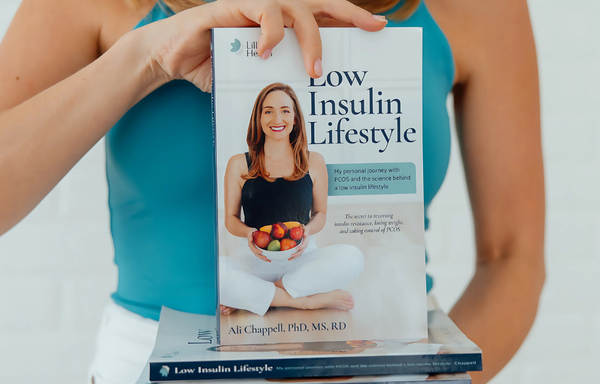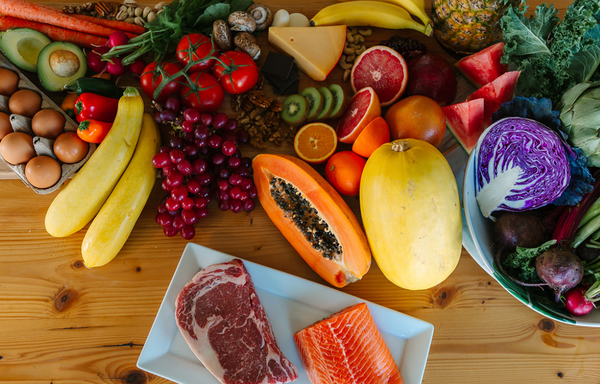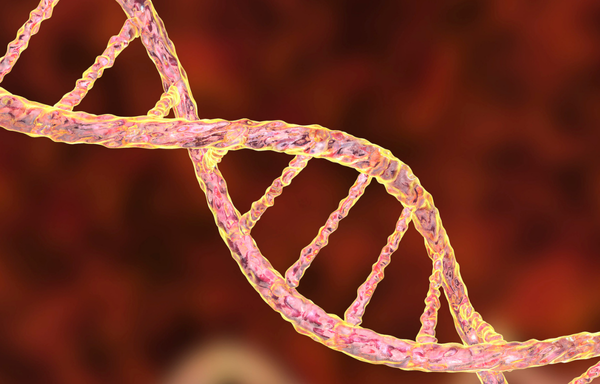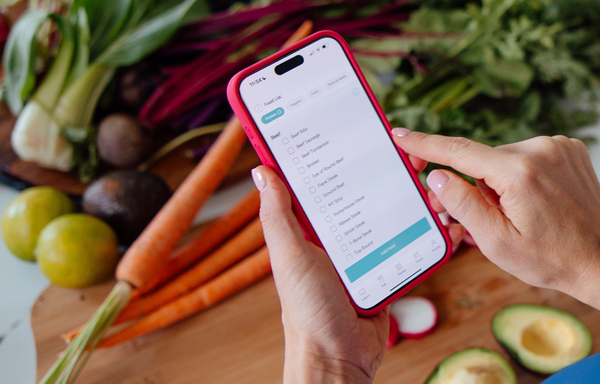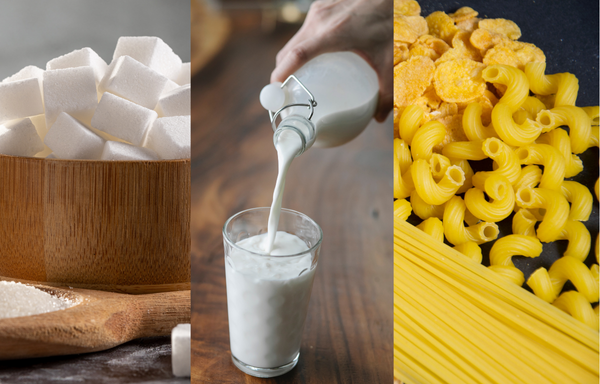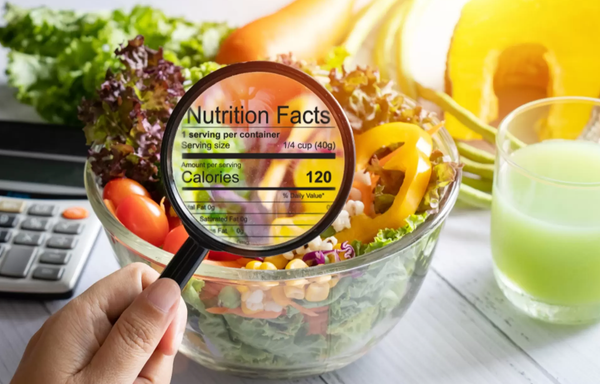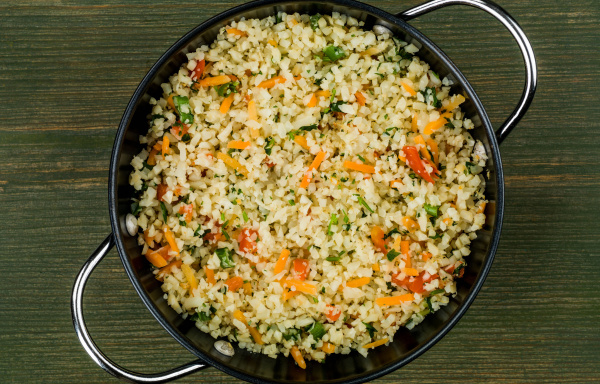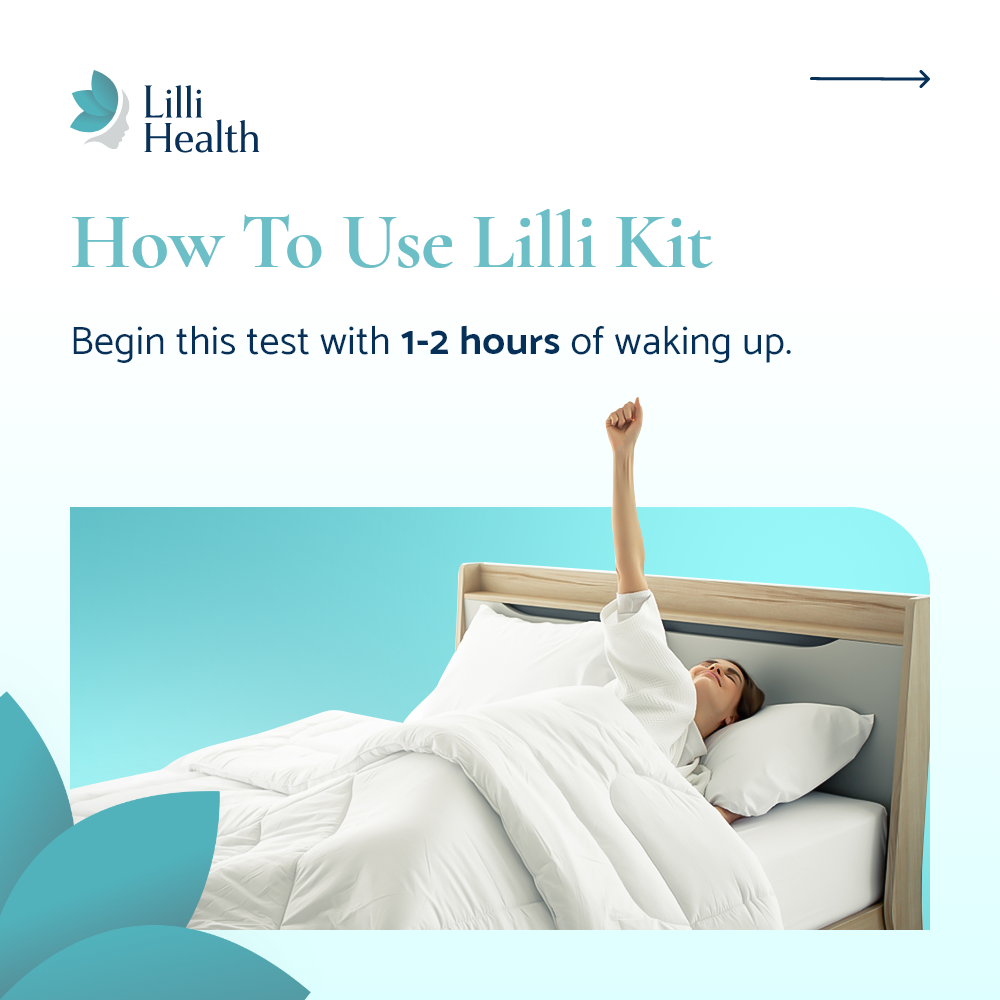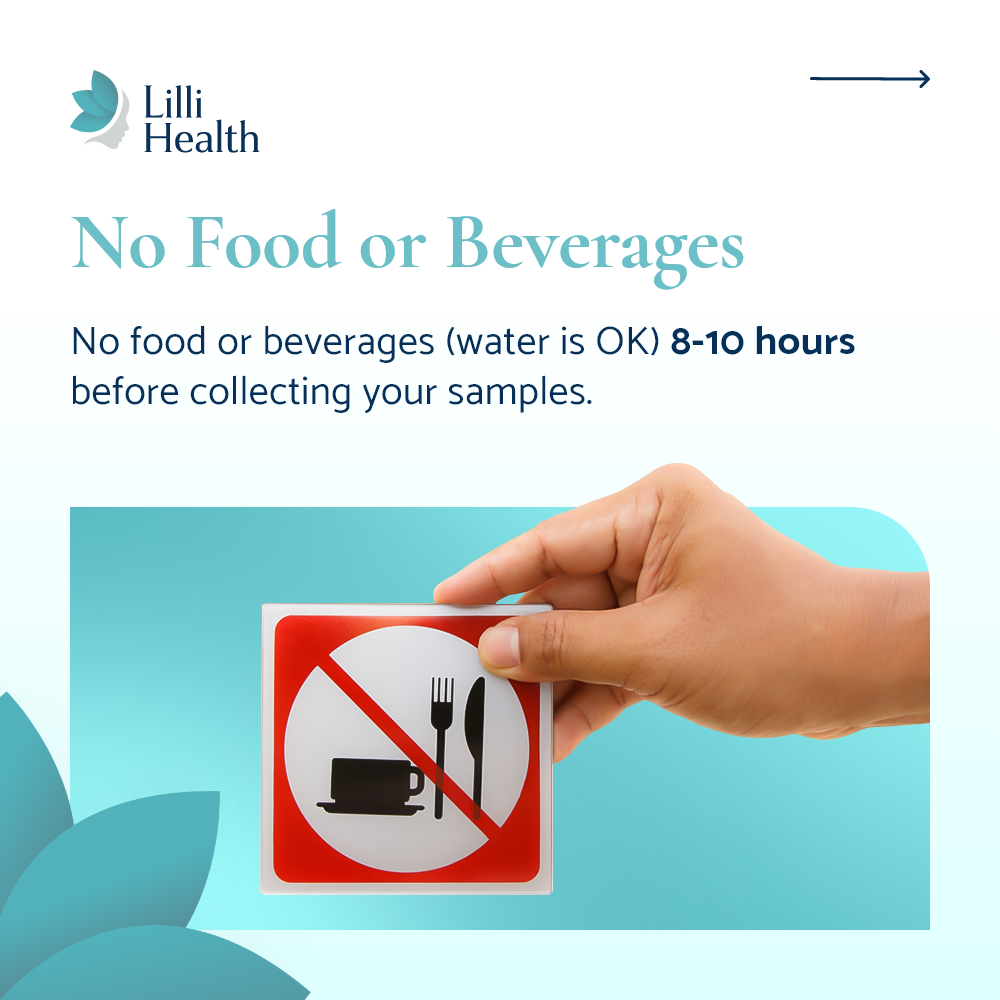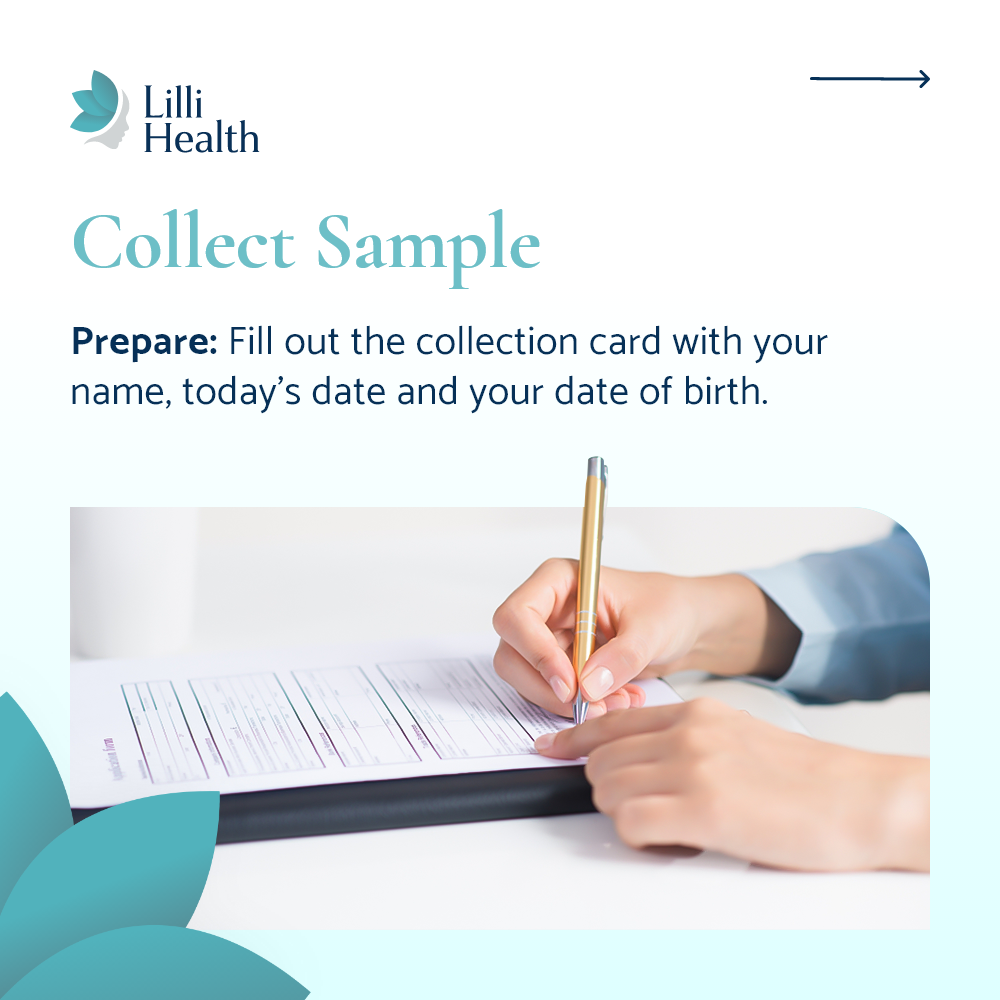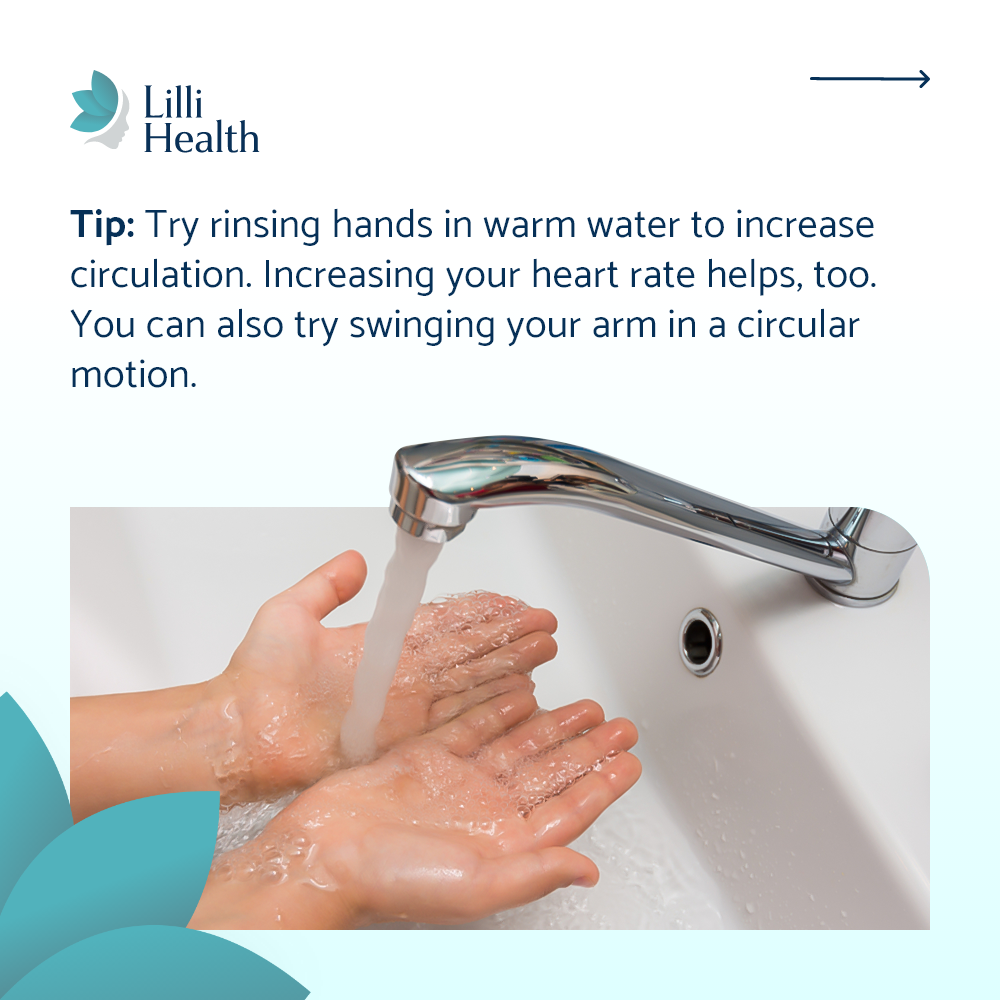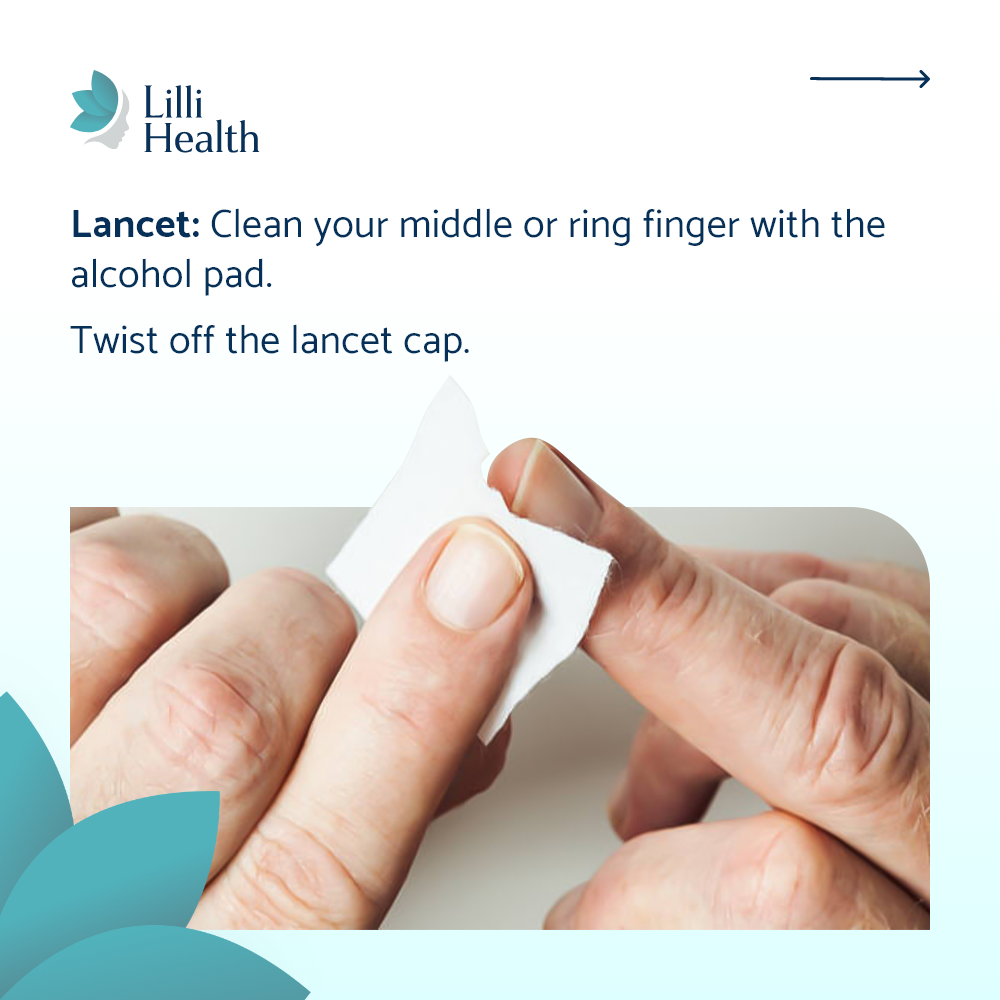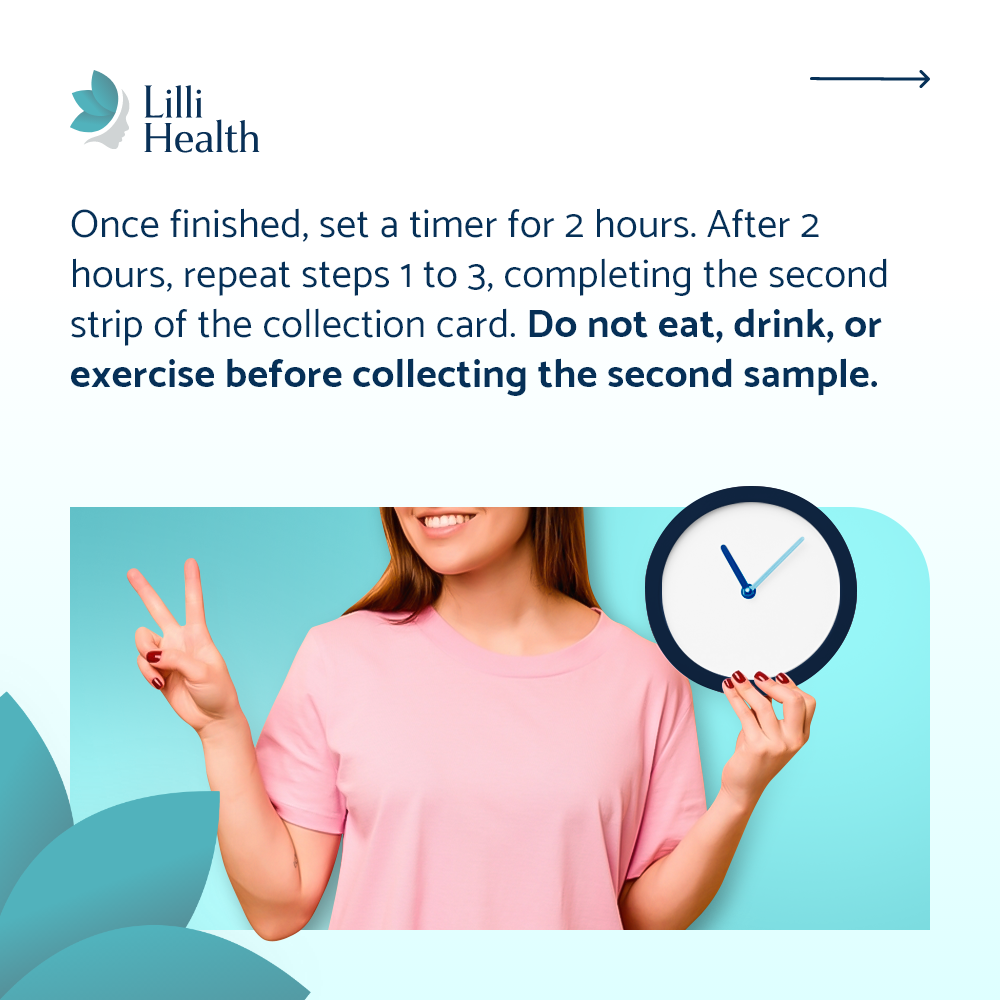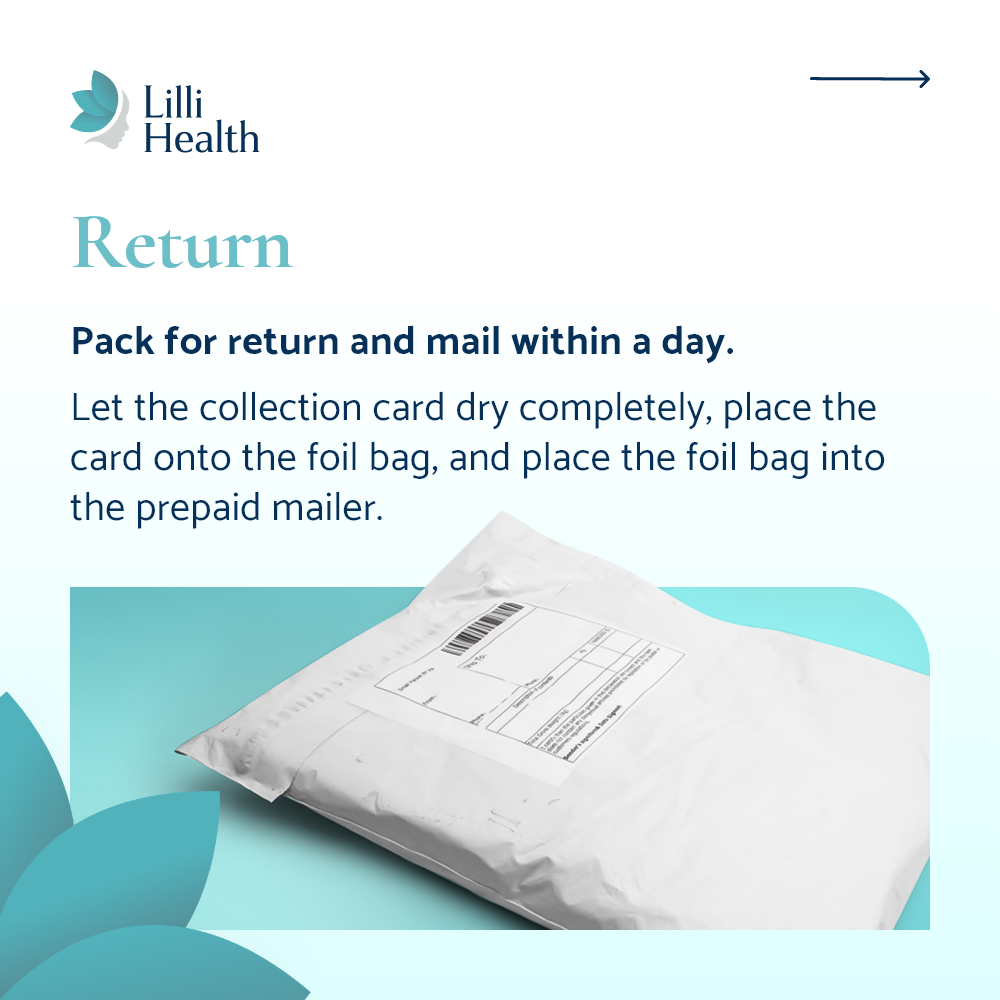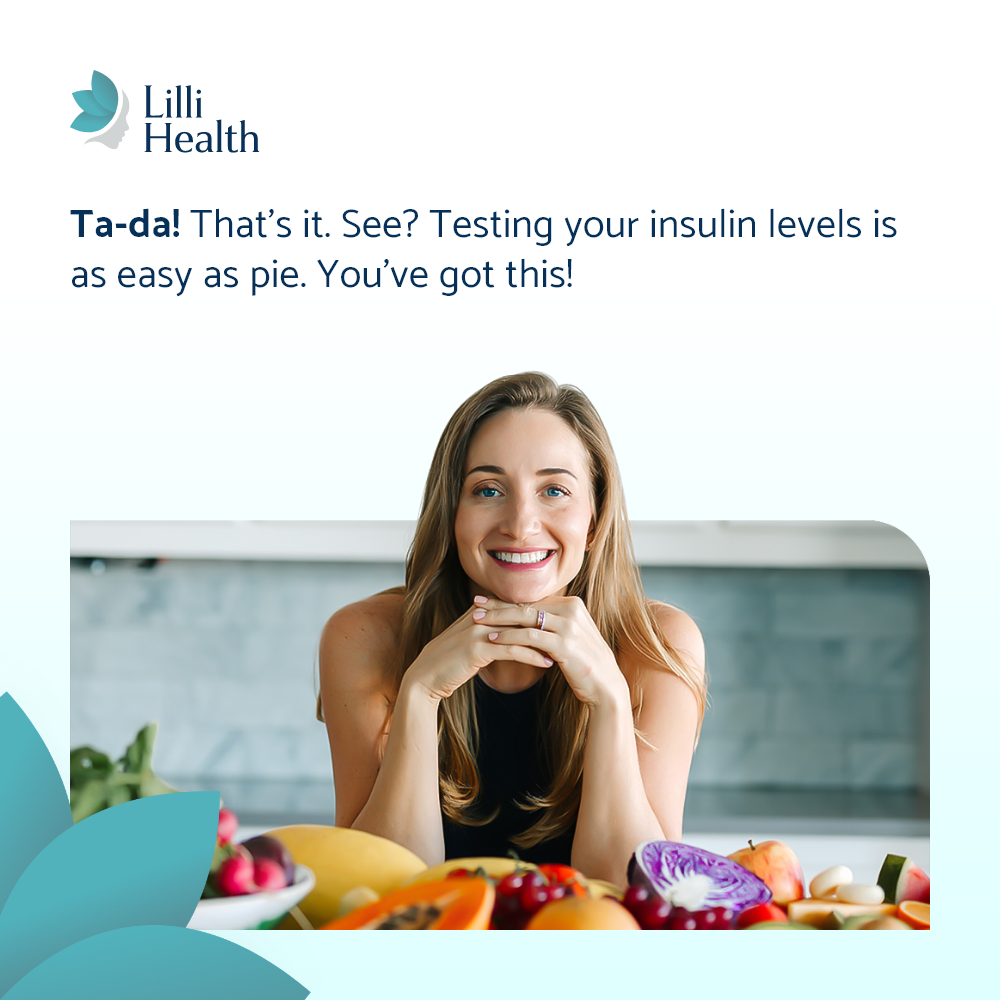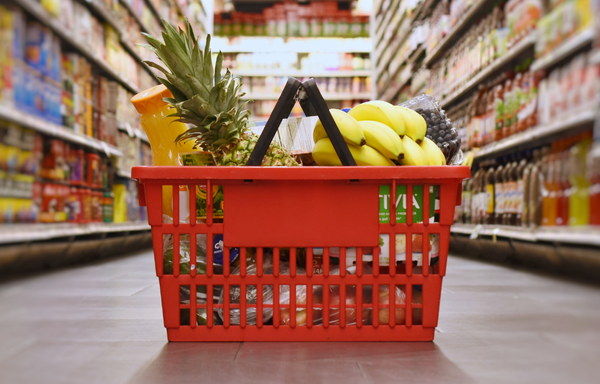

5 Grocery Store Labels That Mean Absolutely Nothing
If you’ve ever walked down a grocery store aisle and felt overwhelmed by all the buzzwords slapped across food packages, you’re not alone. Labels like “high protein,” “low carb,” and “no sugar added” sound healthy—but most of the time, they’re just sneaky marketing tactics.
Let’s break down 5 of the most misleading labels and what they really mean.
1. High Protein
This label has become the star of every granola bar, cereal box, and frozen snack aisle. But here’s the thing: if a food has to brag about being high in protein, it’s probably just a bunch of processed junk with whey protein powder thrown in.
Whey protein is one of the most insulin-spiking ingredients out there. It’s cheap, ultra-processed, and not something your metabolism needs or wants.
REAL high-protein foods don’t come with a “high protein” label. They’re just… food.
- Meat
- Chicken
- Fish
- Eggs
- Tofu
- Edamame
- Nuts & seeds
If it has an ingredient list, it’s probably not the kind of protein your body actually needs.
2. Keto or Low Carb
These terms aren’t regulated—meaning anyone can slap them on a label. And most of the time, “keto” foods are just ultra-processed versions of the same old stuff, now made with things like resistant wheat starch.
Sounds fancy, right? It’s not. While resistant starch does exist, it makes up a tiny portion of starch content—and when reheated, that resistant starch turns right back into glucose-spiking regular starch.
So those “keto tortillas” or “low carb bread”? They’re just carb-y bread in disguise.
Look for real ingredients:
- Almond flour
- Coconut flour
- Flaxseed or chia seed meal
- Tiger nut flour
- Lupini flour
If it’s made of that, it’s probably legit. If it’s made of resistant wheat starch… you’re being played. It could be made with both, in which case, put it back on the shelf.
3. No Sugar Added
This one makes me roll my eyes. “No sugar added” usually means they added fruit juice instead—which is still sugar. It may not be table sugar, but it’s still concentrated glucose and fructose.
“Apple juice concentrate” and “fruit purée” are just sugar dressed up in a fruit costume.
What you actually want to look for are sugar-free items (if needed) that use sweeteners like:
- Allulose
- Monk fruit
- Erythritol
And remember, when you lower insulin levels, the less you crave sweets overall. Win-win.
4. Whole Grain
Ah, the holy grail of food marketing. “Whole grain” has been marketed to us like it’s the key to health. And while it’s technically better than refined grains, that’s still not saying much.
Whole grain is still starch, and starch is just long chains of glucose. And guess what glucose does? It spikes insulin. And high insulin is at the root of insulin resistance, weight gain, PCOS, and most chronic health issues.
If you’re trying to reverse insulin resistance, it doesn’t matter if it’s whole grain or unicorn grain—it’s still glucose.
5. Low Fat
This label needs to go. It’s a relic of the 1990s and should’ve stayed there with shoulder pads and Snackwell’s cookies.
Fat doesn’t make you fat—insulin does. And you need fat for:
- Hormones
- Brain health
- Satiety
- Sanity
You know what else has a “low fat” label? Gummy bears.
Don’t be afraid of healthy fats from:
- Nuts and seeds
- Avocados
- Olives
- Coconut milk
- Salmon
- Olive, avocado, or coconut oil
Stop letting “low fat” trick you into thinking it’s healthy.
Bottom Line:
The food industry loves a catchy label. But most of these buzzwords are there to sell you something—not help your health.
So next time you’re at the store, don’t fall for the front of the label. Flip it over. Read the ingredients. If it sounds like something made in a lab, your body probably doesn’t want it.
